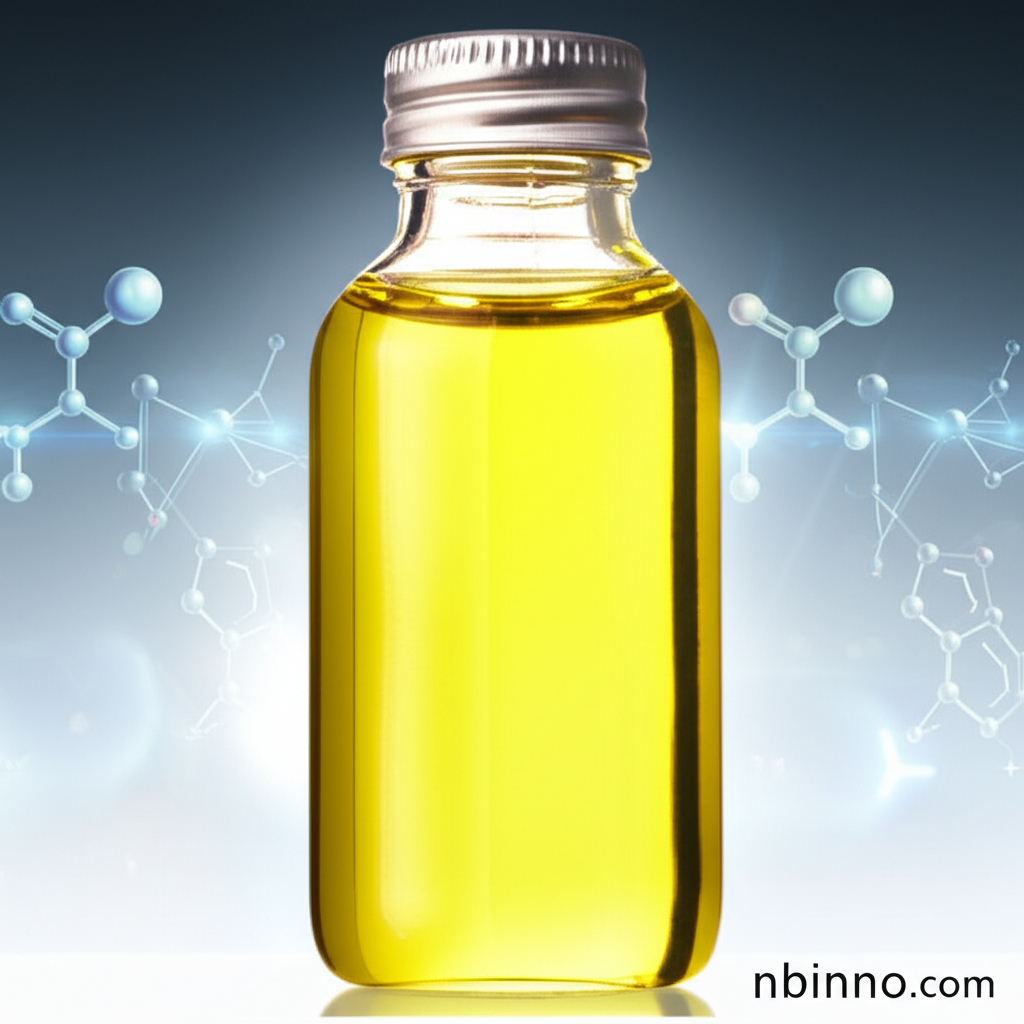Methyl 11-Bromoundecanoate: A Versatile Building Block for Advanced Chemical Synthesis
Unlock new possibilities in pharmaceutical and organic synthesis with this key brominated fatty acid derivative.
Get a Quote & SampleProduct Core Value

Methyl 11-Bromoundecanoate
Methyl 11-bromoundecanoate (CAS: 6287-90-7) is a vital component in the field of organic synthesis and the creation of pharmaceutical intermediates. Its unique chemical structure allows it to serve as a crucial precursor for a variety of complex molecules.
- Discover the utility of this brominated fatty acid building block, essential for organic synthesis.
- Explore its role as a pharmaceutical intermediate synthesis precursor for novel drug development.
- Learn about its application as a PROTAC linker, advancing targeted protein degradation research.
- Understand its use in acetylenic cyclophane synthesis, a key area in material science.
Key Advantages
Versatile Reactivity
Leverage the distinct reactivity of methyl 11-bromoundecanoate to introduce bromine into other compounds or as a starting point for intricate molecular architectures.
Pharmaceutical Synthesis
Its role as a pharmaceutical intermediate synthesis precursor makes it invaluable for developing new therapeutic agents.
Material Science Applications
Utilize this compound in advanced material science, such as in acetylenic cyclophane synthesis, demonstrating its broad applicability.
Key Applications
Organic Synthesis
As a fundamental organic synthesis precursor, it enables the creation of a wide array of chemical compounds.
Drug Discovery
Its utility in pharmaceutical intermediate synthesis supports the advancement of drug discovery pipelines.
Biotechnology Research
The use of methyl 11-bromoundecanoate in PROTAC linker synthesis highlights its importance in cutting-edge biotechnology research.
Material Science
In material science, it is a key component for synthesizing advanced materials like acetylenic cyclophanes.
